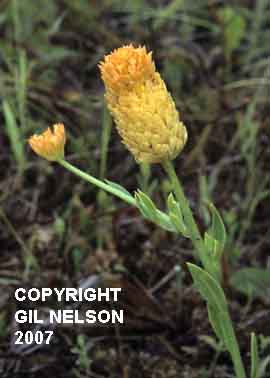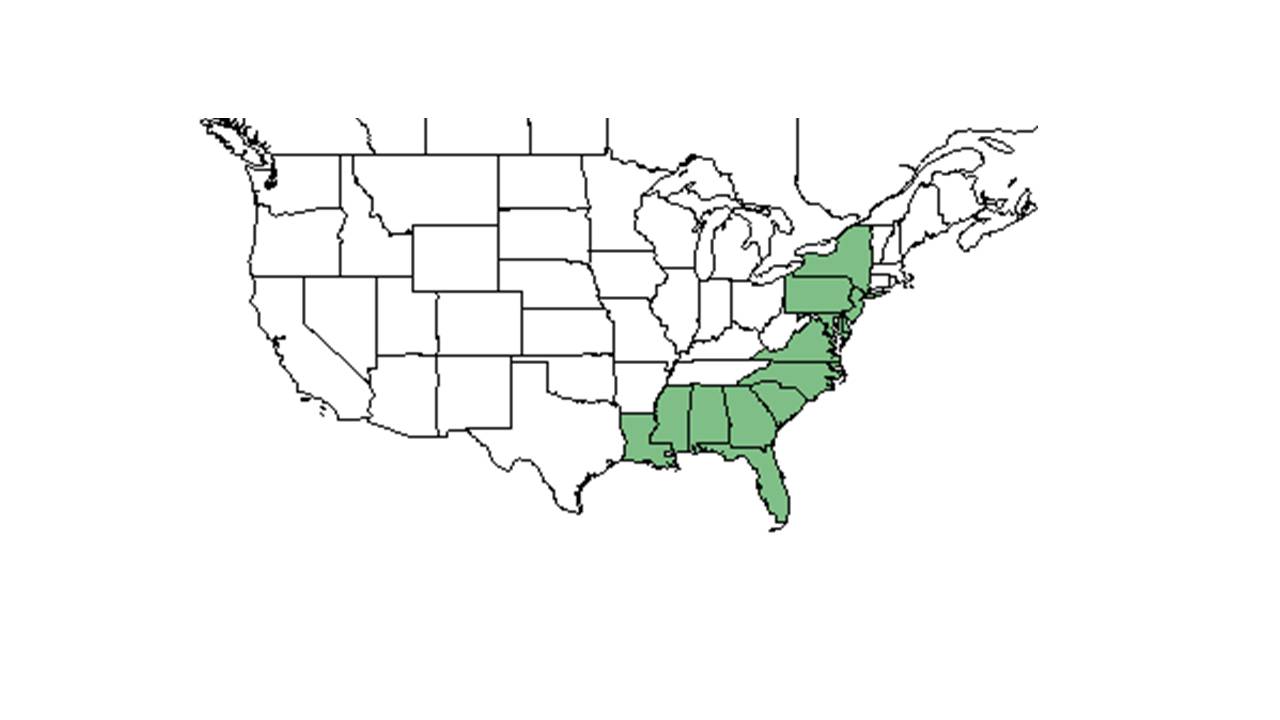Difference between revisions of "Polygala lutea"
(→References and notes) |
(→Description) |
||
| Line 19: | Line 19: | ||
==Description== | ==Description== | ||
<!-- Basic life history facts such as annual/perrenial, monoecious/dioecious, root morphology, seed type, etc. --> | <!-- Basic life history facts such as annual/perrenial, monoecious/dioecious, root morphology, seed type, etc. --> | ||
| + | Common name: orange milkwort | ||
| + | |||
==Distribution== | ==Distribution== | ||
P. lutea is known to occur in open wet pine savannas (Hinman and Brewer 2007). Observed species in sandhill longleaf pine habitat that has 1 to 3 year fire return intervals, on Pebble Hill Plantation(Michelle M. Smith – early summer 2014 and 2015). | P. lutea is known to occur in open wet pine savannas (Hinman and Brewer 2007). Observed species in sandhill longleaf pine habitat that has 1 to 3 year fire return intervals, on Pebble Hill Plantation(Michelle M. Smith – early summer 2014 and 2015). | ||
Revision as of 13:22, 6 July 2015
| Polygala lutea | |
|---|---|

| |
| Photo taken by Gil Nelson | |
| Scientific classification | |
| Kingdom: | Plantae |
| Division: | Magnoliophyta – Flowering plants |
| Class: | Magnoliopsida – Dicotyledons |
| Order: | Polygalales |
| Family: | Polygalaceae |
| Genus: | Polygala |
| Species: | P. lutea |
| Binomial name | |
| Polygala lutea L. | |

| |
| Natural range of Polygala lutea from USDA NRCS Plants Database. | |
Contents
Description
Common name: orange milkwort
Distribution
P. lutea is known to occur in open wet pine savannas (Hinman and Brewer 2007). Observed species in sandhill longleaf pine habitat that has 1 to 3 year fire return intervals, on Pebble Hill Plantation(Michelle M. Smith – early summer 2014 and 2015).
Ecology
Habitat
Phenology
Seed dispersal
Seed bank and germination
Fire ecology
Pollination
Use by animals
Diseases and parasites
Conservation and Management
Cultivation and restoration
Photo Gallery
References and notes
Hinman, S. E. and J. S. Brewer (2007). "Responses of two frequently-burned wet pine savannas to an extended period without fire." Journal of the Torrey Botanical Society 134: 512-526.